Starting Your Cool Season Garden
Fall Planting
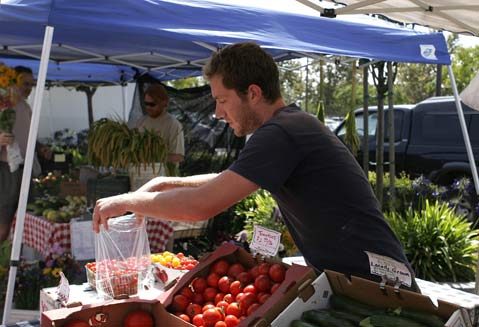
Unless we have a total flip-flop of our summer and “May gray” comes in September like “June gloom” came in August, we should be in for some of the nicest weather of the year in the next couple of months. The days are longer than the nights for three more weeks and we can at least hope for some sun to enjoy them. In spite of the foggy mornings, summer gardens are still providing lots of fresh vegetables. In fact, the next month is a perfect time to get many seeds started for harvest in the coming cool months. The soil is still warm and germination will be according to the schedule programmed into each species. Starting vegetables now means that you will have healthy edibles for the soup pot and holiday table come winter.
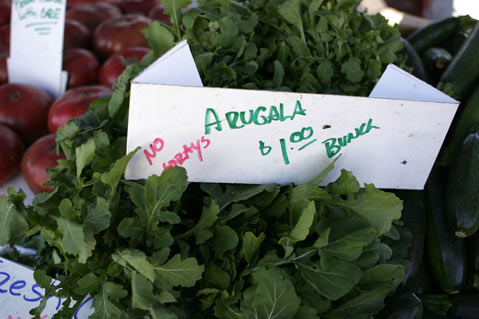
Cool season gardens are just as easy to plant and enjoy as spring gardens. Prepare the soil by tilling and incorporate good-quality compost to enhance fertility. Sow seeds according to packet directions. See below for tips on sowing thickly to harvest sprouts early. Once small plants have appeared, pull the mulch close to them to reduce weeds and conserve moisture.
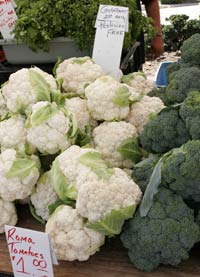
The list of delicious vegetables that thrive here during the winter months is long. At the top of it are a host of green, leafy crops. Spinach, lettuce, arugula, kale, mustard, and chard are full of vitamins and add their color and flavor to salads, soups, and casseroles. Mild-tasting spinach can be thinly sliced and stirred into otherwise plain soups to boost their nutritional value. Even kids who wouldn’t normally take a forkful of the yucky green stuff won’t mind as ribbons of it slither on down with each spoonful. Lettuce and arugula can be sown thickly in rows or patches and the tiny sprouts thinned a little at a time for the salad bowl. The remaining plants, now at the proper spacing, can continue to grow to their full size. Mustard, kale, and chard can be treated in a similar fashion. The tender young sprouts are great in soups or salads and then the full-grown plants can be harvested later. Most of these greens can be harvested as soon as a month after sowing with the mature plants ready in 50-60 days.
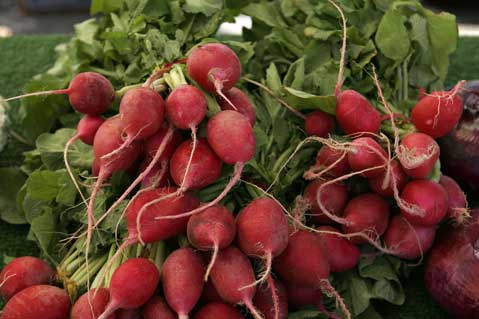
Several root crops are also at their prime in the cool season. Radishes are the most satisfying to grow for youngsters as they germinate very quickly-in as few as three days-and are fun to harvest after only three weeks. They are a good choice to get kids interested in their food and they come in a variety of colors and shapes from pale, white finger-long ones to red, pink, and purple globes. If you’ve never tried crisp, fresh radishes with a tiny smear of butter as is the style in France, you are in for a treat. Beets and carrots are up next. These, too, can be sown thickly and the sprouts thinned to toss into a salad. Both come in huge variety of colors. There are deep red beets as well as pale yellow or golden ones. There is one heirloom variety that has alternating white-and-red rings just like a bull’s eye. Carrots come in foot-long roots (only recommended for gardens with very deep, sandy soil) to bite-sized round balls. All are sweet and crunchy raw and even sweeter cooked alone or with others. My favorite when outside temperatures allow turning on the oven, is to roast carrots, beets, onions, and potatoes together with just a drizzle of olive oil, salt, and pepper.
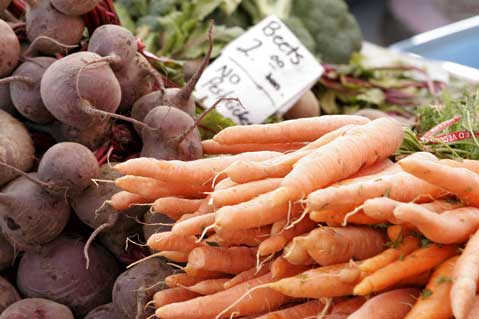
The cabbage family has a number of healthful and delicious members (the previously mentioned kale is one) from green ball-type cabbages to curly leaved Savoy types that will take up to three months to mature. Shred for an easy slaw, or carefully peel apart the leaves to wrap rice or meat dishes like Polish galumpkes. Asian cabbage and mustard varieties include bok choy, yao choy, gai choy, and many more. Leafy greens can be harvested at about two months to steam, stir into noodle dishes or soups, or add to the stir fry. And then there are all the broccolis and cauliflowers. Gone are the days of boring white cauliflower and dark green broccoli. Now there are purple and lime green versions to light up the garden rows and the dinner table. The purple ones will only stay that color if served raw (maybe with a creamy dip), but all are crunchy in the salad bowl or satisfying in soups and stir fry.
Onions and their relatives, shallots, leeks, and garlic, can all be planted now. Start from seed for harvest in the spring, but if sets (small, immature bulbs) are available, they will be ready to eat in two or three months, just in time for Thanksgiving. Start your dinner with a hearty and warming leek soup, season the salad dressing with finely minced shallots or roasted garlic, or bake some onions alongside the bird.
Tender peas would go well with that holiday fare. Start both edible pod peas and regular peas from seed now. There are bush-types that don’t require any support and many others that clamber up a trellis. Peas will be ready to pick in just a couple of months. Whatever you do, don’t overcook them. Both types need just a couple of minutes in the pot to take the chill off and develop their sweetness.
Who needs to spend hours shopping at the supermarket when a walk through the garden with a basket can put healthful food, perfectly fresh and picked at the peak of its flavor, on your family’s table in just minutes?



